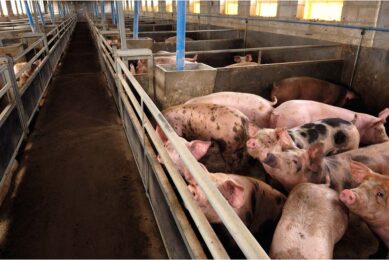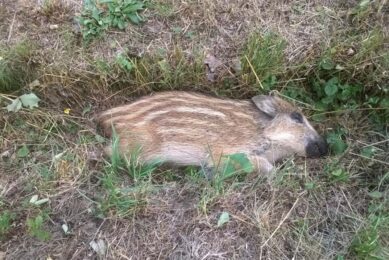Hendrix introduces feeding simulation programme Watson 2.0 for pigs

A feed simulation programme for pigs, originally developed in Canada, and closely predicting consequences of management strategy changes on herd productivity, has been launched on several markets in Northern Europe, e.g. Belgium, Germany and the Netherlands.
The programme, called Watson 2.0, will be available for the markets covered by Hendrix UTD, Hendrix Haeck and Hendrix Illesch.
Introduced in the Canadian market in 2006 by Nutreco Canada, the swine integrated growth model has proven its worth as a decision making tool.
For questions pertaining to nutrient requirements, responses to different nutritional changes, novel technologies, management options or marketing strategies, the model facilitates the technical choices pork producers have to make, without neglecting the economic implications of these decisions.
Questions
Pig producers may wonder about questions like:
• What would be the environmental impact of increasing the herd size?
• Will there be a visible impact on growth and profitability per pig when a formula in my feed programme is changed?
• How would adding a feed bin for an extra feed ingredient affect profitability and productivity?
• Would it be profitable to have entire males, instead of castrates – and what would be the consequences for optimum feeding strategy?
In testing and in actual practice in Canada, the programme’s predictions proved to be very close to the actual situation. Users have thus been able to eliminate costly and time-consuming trial and error experiments, and instead focus directly on what will make them more efficient farmers.
More than translating
To adapt the feeding programme for northern Europe, however, was far more involved than just translating the programme into several other languages, said Jan Fledderus, manager innovation and nutrition pigs, Hendrix UTD.
Fledderus said, “A major change was the introduction of the possibility to feed the pigs by a feed schedule instead of ad-libitum [food available at all times].”
“In North-Western Europe, it is very common to have a fully automatic feeding system to grow finisher pigs. This system delivers a given portion of feed per pen that is related with the body weight, age and sexe of the pigs. This was new for our Canadian colleagues and had to be introduced to Watson.”
Slaughterhouse conditions
Fledderus added that another serious change was the introduction of slaughterhouse conditions – grading grids – as applied by Dutch slaughterhouses. He said, “There are differences in the definition of a carcass, such as with or without parts of the legs, and equations to determine lean meat percentages.”
Other changes involved the difference in feed evaluation between Nutreco Canada and the Hendrix companies and the fact that a major part of the companies’ diets are complementary feeds that are combined with liquid feedstuffs at the farm.
Fledderus expects it is a commercial benefits for Dutch, Belgian and German farmers that they can report and evaluate the effects of management decisions like stock density, climate control, health, castration or dietary changes.
He added, “Watson is different to other simulation software in a way that it takes into account most of the management factors that are affecting the growth performance and carcass quality.”
Closing off, he praised the programme’s quality to include ‘economic calculations in such a way that a farmer or adviser can calculate the optimum per year or per group of pigs.’
Related website:
• Nutreco
Join 18,000+ subscribers
Subscribe to our newsletter to stay updated about all the need-to-know content in the pigsector, three times a week. Beheer
Beheer










 WP Admin
WP Admin  Bewerk bericht
Bewerk bericht